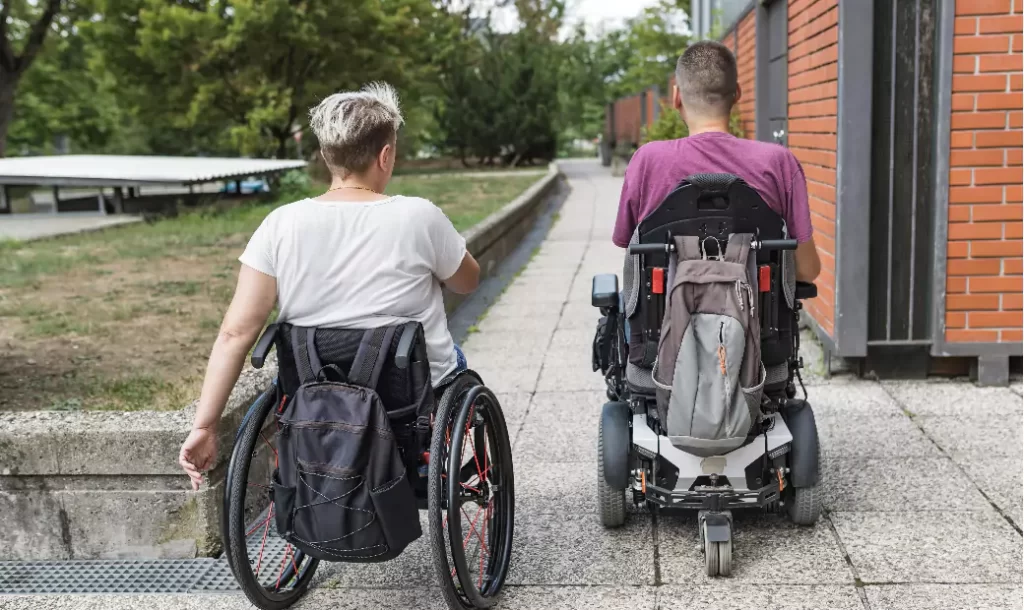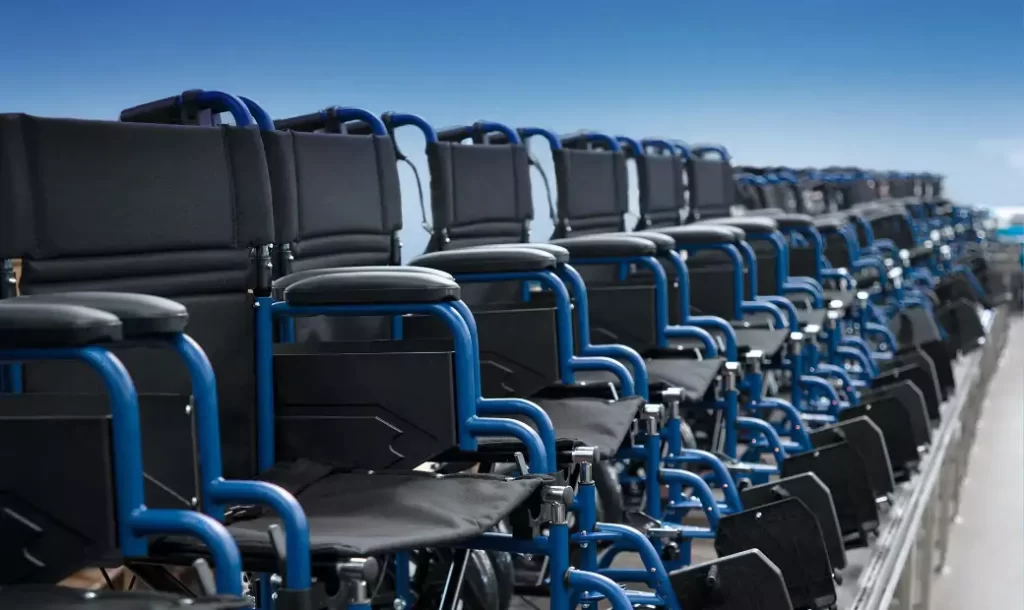Contact Us
Comparison of Entry-Level Manual and Electric Wheelchairs
2025-08-14
Introduction
Selecting the right wheelchair is more than a mobility choice—it’s a lifestyle decision. When exploring the advantages and disadvantages of wheelchair designs, most first-time buyers compare manual and electric models. Both options aim to restore or enhance mobility, yet they differ significantly in cost, maintenance, physical effort, and adaptability to various environments. This guide provides a detailed comparison of entry-level wheelchairs, helping you match features with your needs.

Understanding Wheelchair Categories
Manual Wheelchairs
A manual wheelchair is a user-powered device propelled by pushing on the wheel rims or being pushed by a caregiver [¹]. Its lightweight, foldable frame and mechanical simplicity make it easy to transport and maintain. However, one of the main disadvantages of wheelchair use in this category is the physical strength required, which may be challenging for people with limited stamina.
Electric Wheelchairs
Also called motorized wheelchairs or powerchairs, electric wheelchairs use battery-powered motors for propulsion [²]. They can be controlled with a joystick or alternative input systems, making them ideal for individuals with severe mobility restrictions. While they excel in providing independence, the advantages and disadvantages of wheelchair ownership in this category often involve balancing ease of use with higher costs and maintenance demands.
Advantages and Disadvantages of Wheelchair Types in Daily Use
The following areas are critical when comparing manual and electric entry-level wheelchairs:
-
Effort & Endurance: Manual models help maintain upper body strength but can cause fatigue. Electric models require minimal effort, making them suitable for long-distance travel or users with limited arm function [³].
-
Indoor vs. Outdoor Mobility: Manual wheelchairs perform well in tight indoor spaces. Electric wheelchairs can handle varied terrain but need regular battery charging.
-
Storage & Transport: Manual wheelchairs fold easily for travel. Electric wheelchairs are bulkier and may require lifts or ramps.
Comparison Table: Manual vs. Electric Wheelchairs
| Feature | Manual Wheelchair (Advantages / Disadvantages) | Electric Wheelchair (Advantages / Disadvantages) |
| Physical Effort | + Builds upper-body strength; – Requires stamina [³] | + No physical strain; – Dependent on battery power |
| Portability & Transport | + Lightweight and foldable; – Limited on steep inclines [³] | – Heavy and harder to transport; + Some models disassemble |
| Cost | + Affordable; low maintenance [³] | – Higher price; ongoing servicing |
| Terrain & Usability | + Agile indoors; – Poor on rough terrain [³] | + Good on varied terrain; – Limited by battery range |
| Maintenance & Reliability | + Simple and reliable [³] | – More components to repair |
INTCO Medical
An example of innovation in manual wheelchair design comes from INTCO Medical, which offers lightweight, foldable models with ergonomic seating and safety features. By focusing on both comfort and practicality, INTCO shows how entry-level wheelchairs can still meet demanding user needs while keeping prices accessible.

Technology and Accessories
Modern advancements are enhancing the advantages of wheelchair ownership for both manual and electric designs:
-
Comfort Upgrades: Cushions to prevent pressure sores
-
Battery Technology: Lighter lithium-ion options with longer run times
-
Smart Controls: Joystick customization and app-based driving modes
-
Adjustable Frames: Better ergonomics for long-term use
Choosing Based on Lifestyle
The advantages and disadvantages of wheelchair types vary based on environment and personal habits:
-
Urban Users: Manual chairs fit narrow hallways and public transport
-
Rural/Suburban Users: Electric chairs suit larger outdoor spaces
-
Active Individuals: Sports wheelchairs (manual) for agility
-
Progressive Conditions: Electric wheelchairs for sustained independence
Conclusion
When it comes to the advantages and disadvantages of wheelchair types, there is no single “best” choice. Manual wheelchairs excel in portability, affordability, and simplicity. Electric wheelchairs provide unmatched independence and outdoor performance but require higher investment and upkeep. The final decision should be based on physical ability, environment, budget, and long-term mobility goals—ideally in consultation with a mobility specialist.
References
[¹] Wikipedia contributors. (2025, August). Wheelchair. In Wikipedia. Retrieved from https://en.wikipedia.org/wiki/Wheelchair
[²] Wikipedia contributors. (2025, June). Motorized wheelchair. In Wikipedia. Retrieved from https://en.wikipedia.org/wiki/Motorized_wheelchair
[³] Penn-York Medical. (2023, July). Electric wheelchairs vs. manual wheelchairs: Pros and cons. Retrieved from https://penn-yorkmedical.com/2023/07/electric-wheelchairs-vs-manual-wheelchairs-pros-and-cons/


